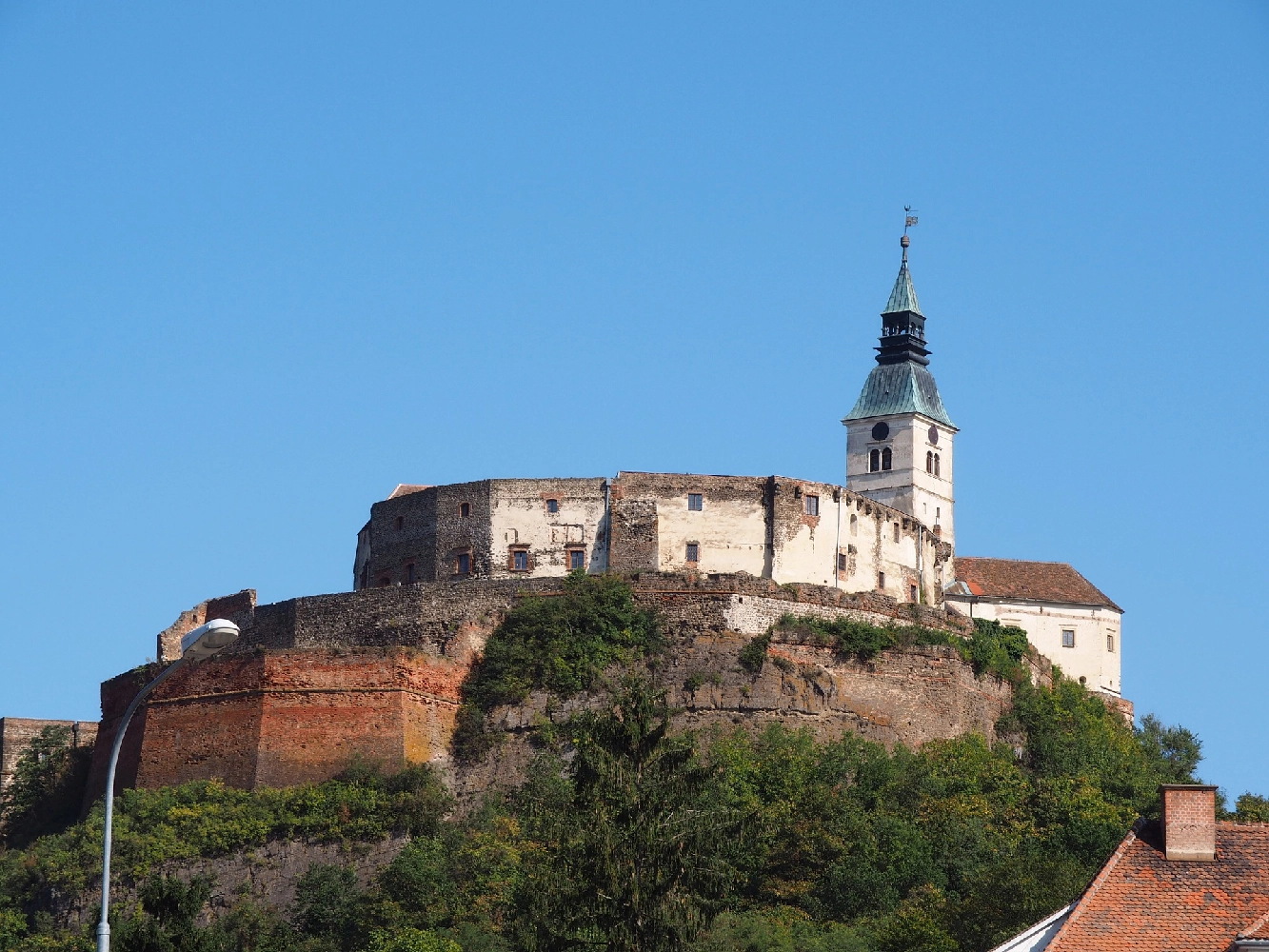
Burgenland Wineries & Wines Stats
Wineries
691
Wines
8852
A Historical Perspective on Burgenland's Significance in the World of Wine
Introduction: Burgenland, located in the easternmost part of Austria, has a rich history in wine production that spans over a thousand years. Nestled between the scenic Neusiedlersee (Lake Neusiedl) and the hilly Morava River landscape, this region has evolved into an essential player in both the Austrian and international wine scene. In this review, we will explore Burgenland's historical significance, its unique wine style, prominent grape varieties, and food pairings.
Historical Significance: Burgenland's viticultural history can be traced back to 1062 AD when the region was first mentioned in records as part of the Babenberg Dynasty's domains. The area experienced significant growth during the Middle Ages and continued expansion throughout the centuries, with the establishment of various monastic orders and the opening of new vineyards. Burgenland's wine production reached its peak between the late 18th and early 19th centuries when it was renowned for its sweet wines made from grapes affected by the "noble rot" (Botrytis Cinerea).
Wine Style: Burgenland is known for producing distinctive, high-quality wines reflecting its unique terroir. The region's two primary wine styles are:
1. Sweet Wines: Burgenland excels in producing sweet wines, primarily from grapes affected by Botrytis Cinerea (Noble Rot). These wines exhibit complex flavors, with notes of honey, dried fruits, and spices. 2. Red Wines: The region is also famous for its dry red wines made primarily from Blaufränkisch and other varieties like Zweigelt and Cabernet Sauvignon. These wines are characterized by their robust tannins, dark fruit flavors, and earthy undertones.
Grape Varieties: Burgenland is home to several grape varieties, both indigenous and international, which contribute significantly to its wine production. Notable varieties include:
1. Blaufränkisch: Burgenland's flagship grape variety, producing wines that can range from light-bodied and fruity to full-bodied and complex. 2. Grüner Veltliner: A versatile white grape widely planted across Austria and often used for blending in red wines. 3. Cabernet Sauvignon, Merlot, Pinot Noir: These international varieties are gaining popularity in Burgenland, with Cabernet Sauvignon particularly suited to the region's warmer climate.
Food Pairings: Burgenland's wines pair well with a diverse range of dishes, reflecting the region's rich culinary traditions. Some suggested food pairings include:
1. Sweet Wines: These wines complement sweet and savory dishes such as caramelized onions, foie gras, and spicy Asian cuisine. 2. Dry Red Wines: These wines are best enjoyed with hearty dishes like goulash, schnitzel, and other traditional Austrian dishes featuring meat, potatoes, and sauerkraut.
